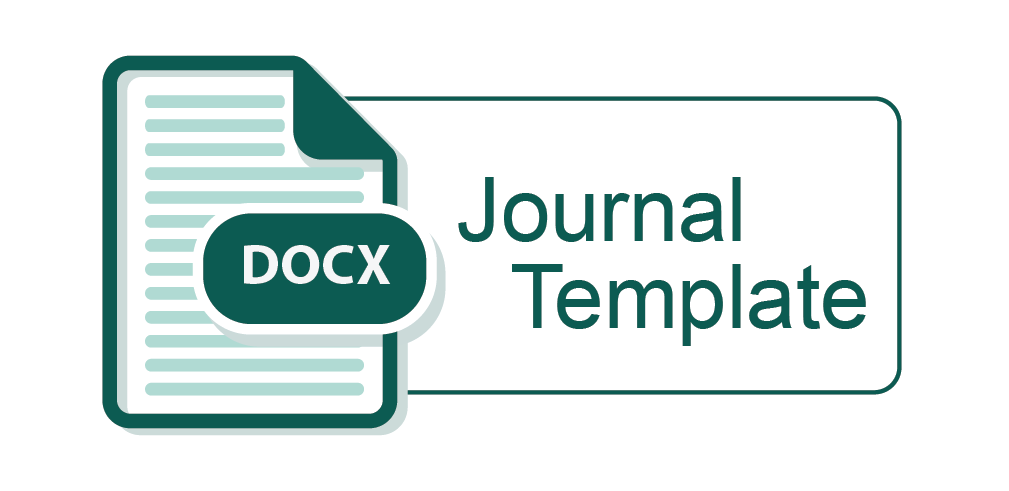Antifungal activity of six botanicals against root crop diseases
Keywords:
biofungicide botanicals, plant extracts, secondary metabolites, bioactiveAbstract
Sequential extractions were done in selected botanicals to test their bioactivity against important fungal pathogens of root crops. Extracts considered as potential fungicide were ampalaya (Momordica charantia) crude ethanolic/acetonic extract to Colletotrichum gleosporoides and Phytophthora colocasiae, asyang (Mikania cordata) crude ethanolic/ acetonic extract to P colocasiae, ginger (Zingeber officinale) crude ethanolic/acetonic extract to Sphaceloma batatas, kamantigue (Impatiens balsamina) crude ethanolic/acetonic extract to Sclerotium rolfsii, S. batatas and C. gleosporioides, olasiman (Portulaca oleracea) crude ethanolic extract to S. rolfsii and S. batatas, and saluyot (Corchorus olitorius) crude ethanolic extract to S. batatas and P colocasiae. Phytochernical screening revealed that secondary metabolites such as flavonoids, steroids and terpenoids were present in the plants while only saluyot contained tannins and polyphenolic compounds. Flavonoids caused complete inhibition of colony growth of S. batatas. For S. rolfsii, the following flavonoidal extracts were fungicidal: ampalaya (M. charantia) using ethanol and acetone, ginger (Z. officinale) using ethanol, and kamantigue (I. balsamina) or olasiman (P oleracea) acetonic extract to C. gleosporioides. Excised leaves inoculated with P colocasiae treated with asyang (M. cordata), olasiman (P oleracea), and ginger (Z. officinale) ethanolic/ acetonic extracts showed no infection after 6 days, which indicates superiority to other extracts and that of the control. Planting treatment of yam setts with ampalaya (M. charantia) ethanolic/acetonic extracts followed by regular spraying with the same extract up to 6 months after planting (MAP) showed the best protection against yam anthracnose with degree of protection better than Benlate. Furthermore, taro plants treated with olasiman (P oleracea) ethanolic extract exhibited the highest percent disease control and least percent tuber surface infection by S. rolfsii.
Downloads
Submitted
Published
How to Cite
Issue
Section
License

This work is licensed under a Creative Commons Attribution-NonCommercial-ShareAlike 4.0 International License.







